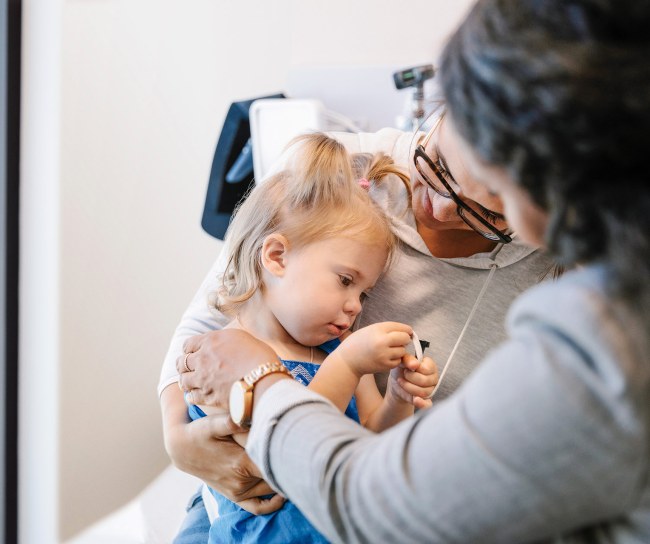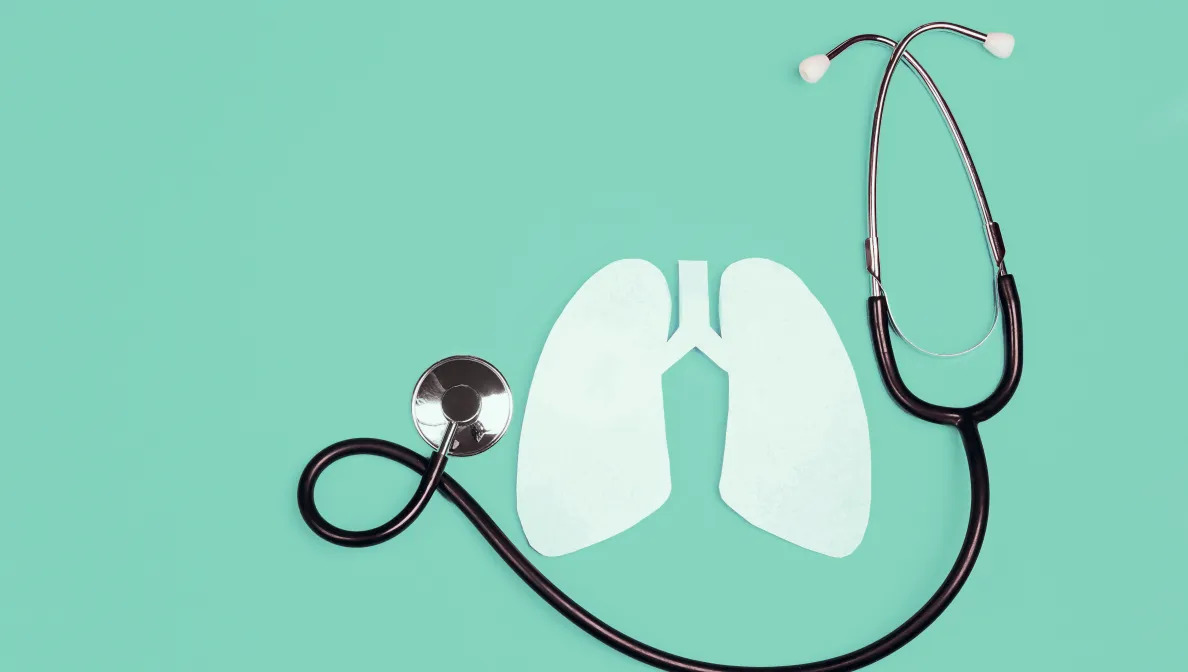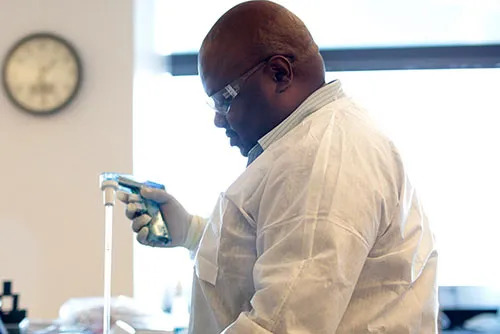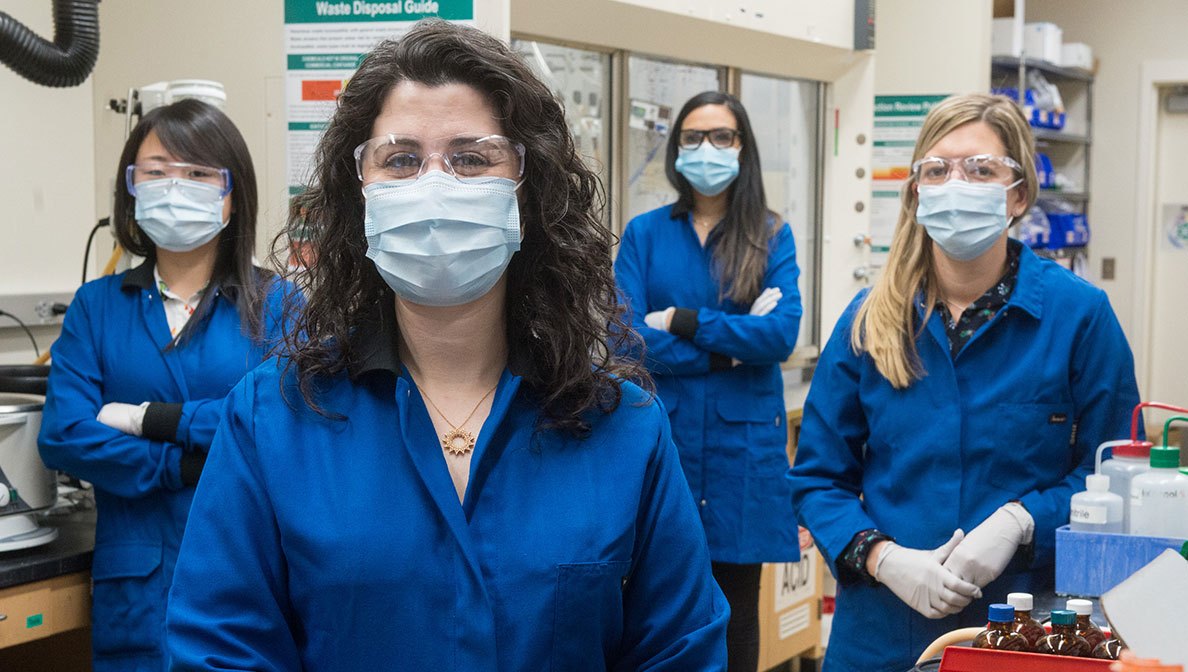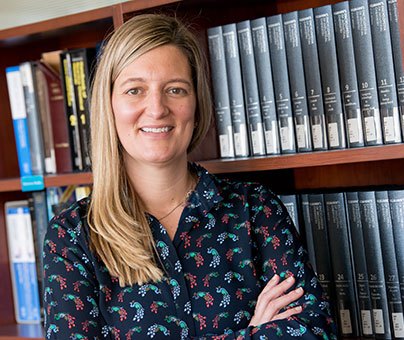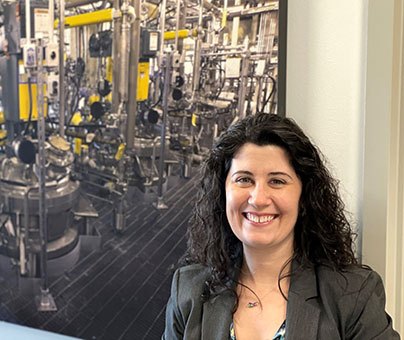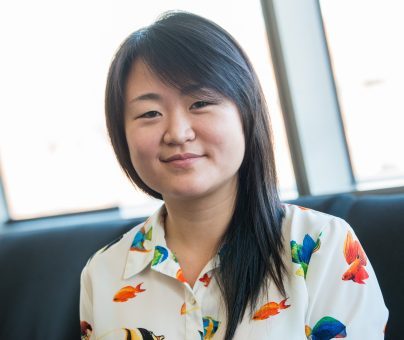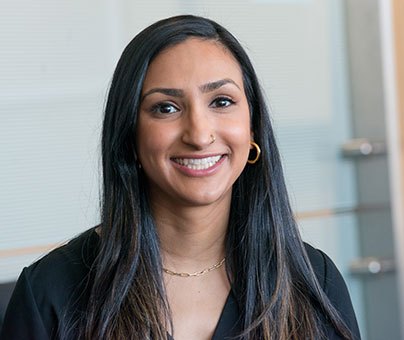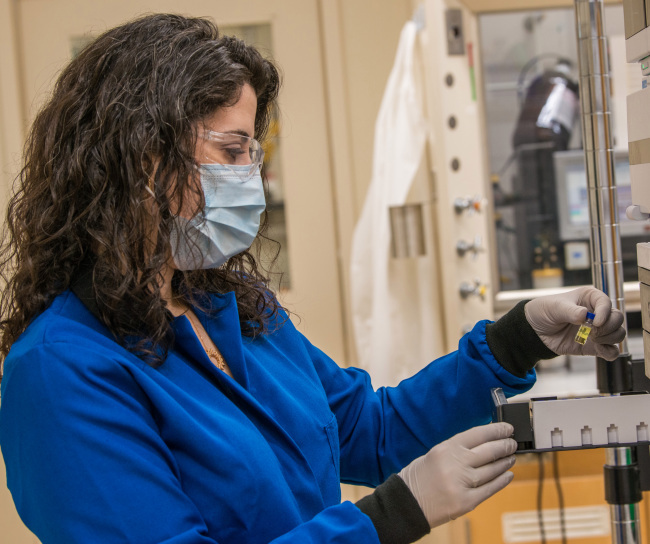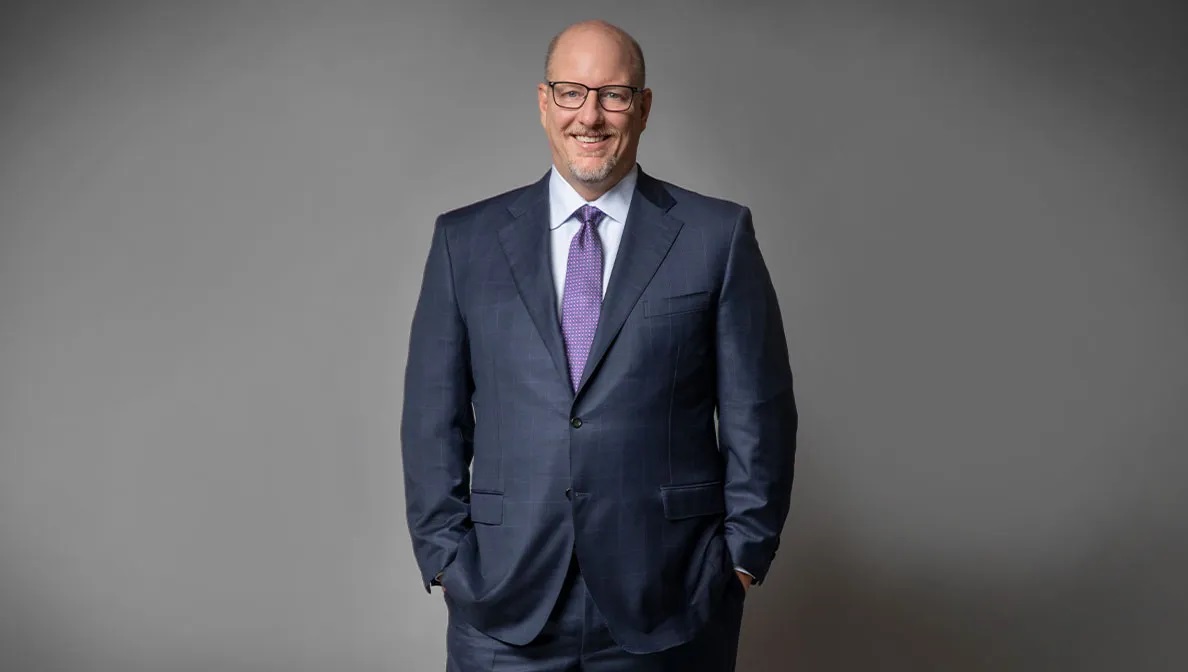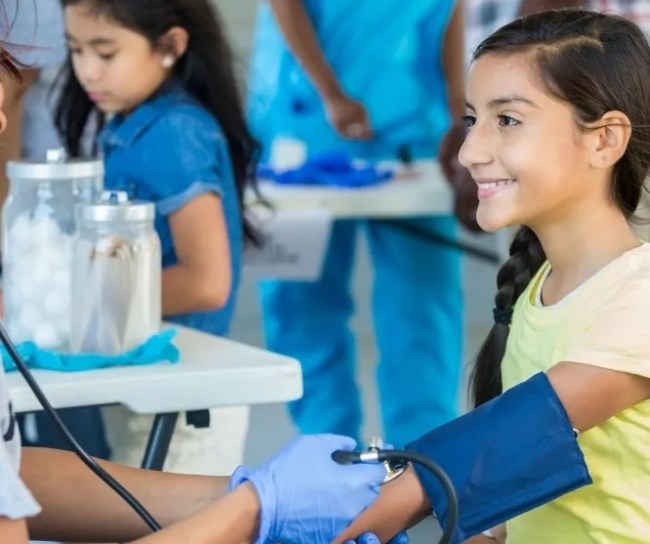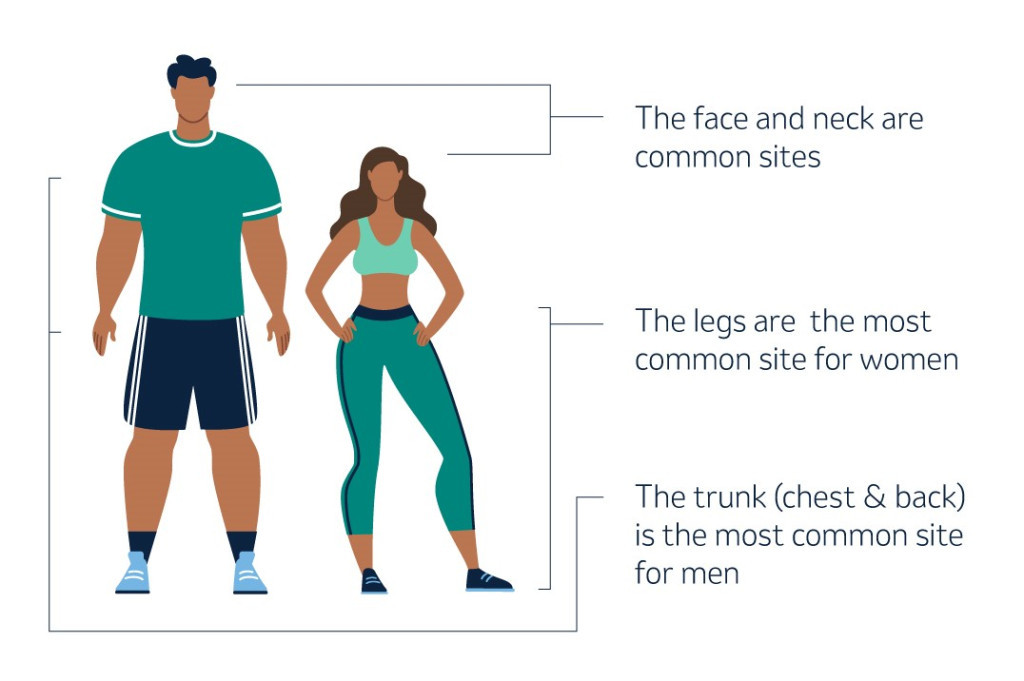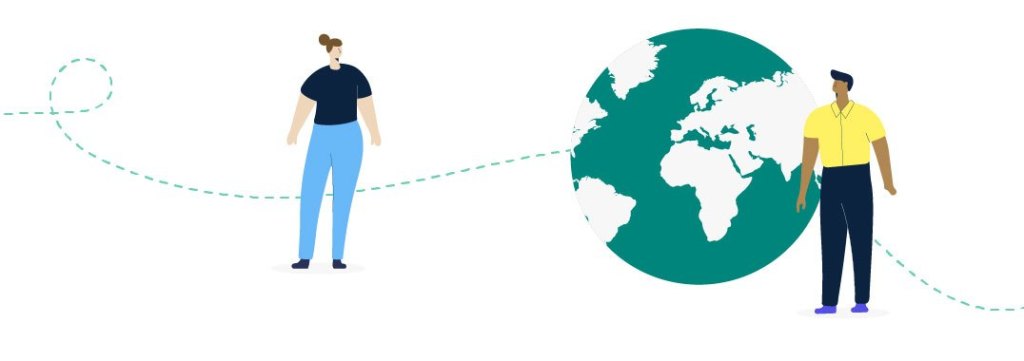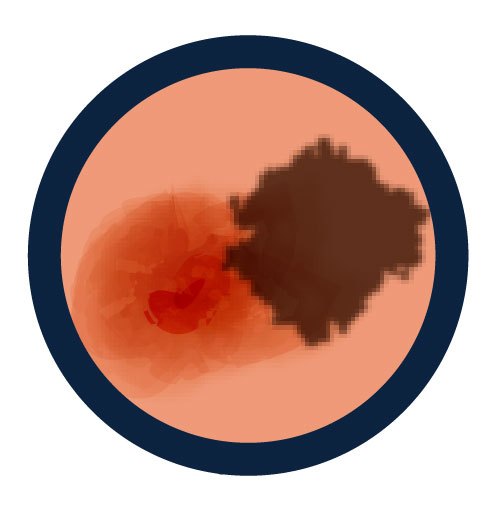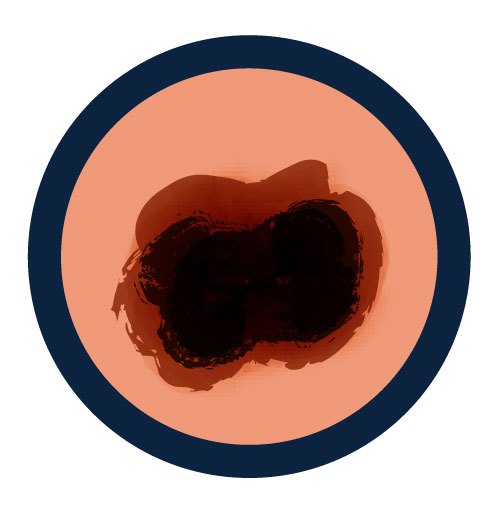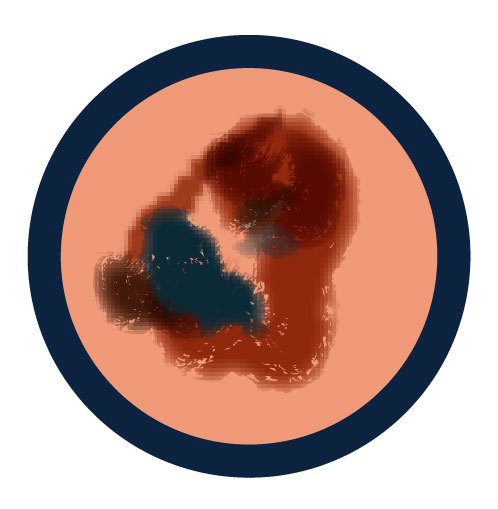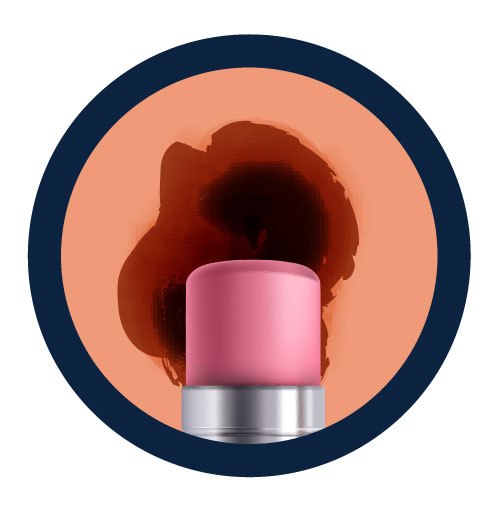Triple-negative breast cancer: risk factors, symptoms, and diagnosis
November 29, 2024

Breast cancer is one of the most commonly diagnosed cancers in the world. There are many different types and subtypes of breast cancer that are defined by where in the breast they begin, how much they have grown or spread and how they behave. One of the more aggressive types is triple-negative breast cancer (TNBC).
What’s triple-negative breast cancer?
The tumours of patients with breast cancer may be tested for three receptors, or proteins, that make cancer grow. If the tumour tests negative for estrogen and progesterone receptors and does not over express HER2, then that patient is diagnosed with TNBC.
In New Zealand, around 3,500 people are diagnosed with breast cancer each year. About 10-20% of breast cancers are TNBC.
Risk factors for triple-negative breast cancer
Primary risk factors for TNBC include:
- Sex: People assigned female at birth are at higher risk for TNBC compared to people assigned male at birth.
- Age: TNBC is more common in women younger than other breast cancer types.
- Genetic mutations: Mutations in genes such as BRCA1 and BRCA2 are strongly associated with TNBC.
What are the symptoms of breast cancer?
TNBC can have the same signs and symptoms as other common types of breast cancer. However, signs and symptoms of breast cancer differ from person to person, and some will never show symptoms.
Here are some symptoms of breast cancer to watch out for:
- Swelling of all or part of a breast
- Skin dimpling
- Breast or nipple pain
- Nipple retraction
- Nipple or breast skin that’s red, dry, flaking or thickened
- Nipple discharge
- Swollen lymph nodes, under the arm or near the collar bone

Many breast changes are not a sign of cancer, but it’s always important to have any changes checked by a doctor.
The Breast Cancer Foundation NZ recommends women start being breast aware from the age of 20.
This means understanding the usual look and feel of your breasts and checking for any changes.
How is triple-negative breast cancer diagnosed?
If you’re experiencing symptoms, speak with your doctor, especially if you have a higher risk of having TNBC. Some tests include:
- A breast exam by a doctor: During a breast exam, your doctor will check your breasts for any possible signs of breast cancer or other breast problems.
- Mammogram: An X-ray of the breast that allows doctors to look for changes in breast tissue. Mammograms can often find breast cancer early.
- Magnetic resonance imaging (MRI): An MRI uses radio waves and strong magnets to make detailed pictures of the inside of the breast. Doctors use MRIs along with mammograms to screen people who are considered at high risk for breast cancer.
- Ultrasound: An ultrasound uses sound waves and their echoes to make computer pictures of the inside of the breast. While not typically used as a routine screening test for breast cancer, an ultrasound can be useful for looking at some breast changes such as lumps – especially when they can be felt but not seen on a mammogram.
- Biopsy: After a breast cancer diagnosis is made with a biopsy, a health care provider may determine whether a patient has TNBC with an assessment of cells from that biopsy, which are checked for estrogen, progesterone and HER2 receptors, to determine the cancer subtype.
What are the stages of triple-negative breast cancer?
Stage 0
Cancers diagnosed at stage 0 are confined to the milk ducts or lobules of the breast.
Stage 1
Cancers diagnosed at stage 1 are small, localised and have not spread beyond the lymph nodes closest to the breast.
Stage 2
Stage 2 TNBC may have spread regionally (beyond the initial site), but not beyond the lymph nodes in the underarm area.
Stage 3
Stage 3 TNBC has extended beyond the immediate region of the tumour and may have invaded nearby lymph nodes and muscles but has not spread to distant organs.
Stage 4
Stage 4 TNBC, also known as metastatic breast cancer, has spread distantly to other areas or organs of the body, such as the brain, bones, lung or liver.
For further information about breast cancer or if you notice any breast changes, please talk to your doctor.
If you require extra support if you’ve been diagnosed with breast cancer, it may be helpful to reach out to a patient organisation.
References:
Arnold M et al. Triple-Negative Breast Cancer: A Brief Review About Epidemiology, Risk Factors, Signaling Pathways, Treatment and Role of Artificial Intelligence. Breast. 2022:66:15-23.
Almansour NM. Triple-Negative Breast Cancer: A Brief Review About Epidemiology, Risk Factors, Signaling Pathways, Treatment and Role of Artificial Intelligence. Front Mol Biosci. 2022:9:836417.
American Cancer Society. 2021. Types of Breast Cancer. Available at: https://www.cancer.org/cancer/breast-cancer/about/types-of-breast-cancer.html Accessed: 08 April 2022.
Health New Zealand – Te Whatu Ora. 2024. Cancer data web tool. Available at: https://tewhatuora.shinyapps.io/cancer-web-tool/. Accessed 12 November 2024.
Breast Cancer Aotearoa Coalition. Triple negative breast cancer Available at: https://www.breastcancer.org.nz/triple-negative-BC Last Accessed: 21 October 2024.
Centers for Disease Control and Prevention. 2024. Symptoms of Breast Cancer. Available at: https://www.cdc.gov/breast-cancer/symptoms/index.html. Accessed: 12 November 2024
American Cancer Society. 2023. American Cancer society Society Recommendations for the Early Detection of Breast Cancer. Available at: https://www.cancer.org/cancer/breast-cancer/screening-tests-and-early-detection/american-cancer-society-recommendations-for-the-early-detection-of-breast-cancer.html Accessed 12 November 2024.
American Cancer Society. 2022. Breast cancer signs and symptoms. Available at: https://www.cancer.org/cancer/types/breast-cancer/screening-tests-and-early-detection/breast-cancer-signs-and-symptoms.html Accessed 12 September 2023.
American Cancer Society. 2022. Breast Cancer Risk Factors You Cannot Change. Available at: https://www.cancer.org/cancer/types/breast-cancer/risk-and-prevention/breast-cancer-risk-factors-you-cannot-change.html Accessed 14 September 2023.
American Cancer Society. 2022. Mammogram basics. Available at: https://www.cancer.org/cancer/types/breast-cancer/screening-tests-and-early-detection/mammograms/mammogram-basics.html 12 September 2023.
American Cancer Society. 2022. Breast MRI. Available at: https://www.cancer.org/cancer/types/breast-cancer/screening-tests-and-early-detection/breast-mri-scans.html Accessed 12 September 2023.
American Cancer Society. 2022. Breast ultrasound. Available at: https://www.cancer.org/cancer/types/breast-cancer/screening-tests-and-early-detection/breast-ultrasound.html Accessed 12 September 2023.
American Cancer Society. 2023. Triple-Negative Breast Cancer. Available at: https://www.cancer.org/cancer/breast-cancer/about/types-of-breast-cancer/triple-negative.html Accessed 9 March 2023.
Breast Cancer Foundation NZ. 2024. Taking care of your breasts in your twenties and thirties. Available at: https://www.breastcancerfoundation.org.nz/breast-awareness/taking-care-of-your-breasts/20-39 Accessed on 13 September 2024.
BreastNet NZ. Clinical breast examination. Available at: https://www.breastnet.nz/topic/clinical-breast-examination Accessed on 29 October 2024
National Breast Cancer Foundation. 2024. Stages 0 breast cancer overview. Available at: https://www.nationalbreastcancer.org/breast-cancer-stage-1/ Accessed 12 November 2024.
National Breast Cancer Foundation. 2024. Stages 1 breast cancer overview. Available at: https://www.nationalbreastcancer.org/breast-cancer-stage-1/ Accessed 12 November 2024.
Moffitt Cancer Center. 2023. Triple negative breast cancer stages. Available at: https://www.moffitt.org/cancers/triple-negative-breast-cancer/diagnosis/stages Accessed 13 September 2023.
National Breast Cancer Foundation. 2024. Stage 2 breast cancer overview. Available at: https://www.nationalbreastcancer.org/breast-cancer-stage-2/ Accessed 12 November 2024.
National Breast Cancer Foundation. 2024. Stage 3 breast cancer overview. Available at: https://www.nationalbreastcancer.org/breast-cancer-stage-3/ Accessed 12 November 2024.
National Breast Cancer Foundation. 2024. Stage 4 (IV) breast cancer. Available at: https://www.nationalbreastcancer.org/breast-cancer-stage-4/Accessed 12 November 2024.
American Cancer Society. 2024. Breast Cancer Stages. Available at: https://www.cancer.org/cancer/types/breast-cancer/understanding-a-breast-cancer-diagnosis/stages-of-breast-cancer.html 12 November 2024.
NZ-NON-00454 V1.0 Last Updated November 2024





